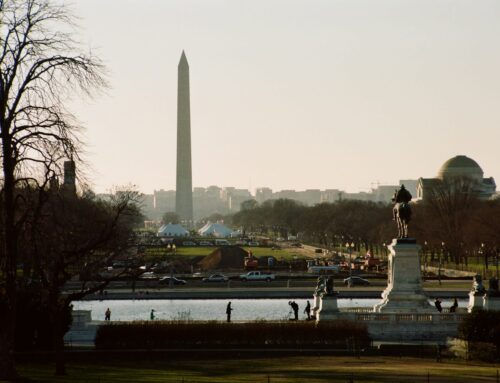Oil executives urged the Trump administration to slash the rates their companies pay to harvest natural gas and crude from beneath U.S. waters.
The U.S. Interior Department’s royalty policy committee, filled with industry representatives, voted Wednesday to recommend cutting rates for offshore oil and gas production by about a third, to 12.5 percent.
When Interior Secretary Ryan Zinke recommissioned the panel last year, he raised the possibility the group would encourage an increase in the royalties that companies pay the U.S government for oil, gas and other resources extracted from public land and waters.
It did the opposite.
The panel also urged the Interior Department to create a better, “more workable process” for paring royalties on the oil and gas flowing from aging fields and particularly costly projects.
The recommendations, approved after a day-long meeting in Houston, will be submitted to Zinke for further action.
The moves are seen as potentially helping make U.S. waters more competitive with other offshore hotspots around the world, including Mexico’s portion of the Gulf of Mexico. Oil companies hunting for new crude discoveries in U.S. Gulf waters have been pushed into deeper depths, where ultra-high pressures strain the capacity of equipment, make wells harder to drill and increase costs.
The group also urged the Interior Department to swiftly sell drilling rights in the Arctic National Wildlife Refuge’s so-called 1002 area “as soon as practicable,” following Congress’ decision to mandate the auctions last year. Because harsh weather conditions in Alaska can compound any delays, it’s important to start as soon as possible, said John Crowther, a policy adviser with the Alaska Department of Natural Resources.
The 20-member committee urged the Interior Department to move more quickly to approve drilling permits and other energy projects on federal land, in part by waiving some environmental reviews. Instead of hiking royalties for onshore energy projects, the Interior Department should “focus its efforts on removing obstacles” to development, one of the group’s subcommittees said.
The proposed changes came under fire from environmentalists and good government groups.
Pam Eaton, a senior adviser for energy and climate at The Wilderness Society, said the panel’s recommendations appeared to be “promoting fossil energy and maximizing private value at public expense.”
Ryan Alexander, the president of Taxpayers for Common Sense, said the committee’s recommended changes appear to reflect the wishes of industry stakeholders — not the broader public. A royalty rate decrease “is likely to dramatically reduce revenue for taxpayers for decades to come without any guarantee of increased industry interest” or production, she said in prepared remarks.
Six of the committee members hail from the energy industry, including representatives from ConocoPhillips Co., Anadarko Petroleum Corp. and coal miner Cloud Peak Energy Inc. Other members represent states, universities and tribes.
Most offshore oil and gas leases carry a royalty rate of 18.75 percent today — a number established under former President George W. Bush. The Bureau of Ocean Energy Management imposed a 12.5 percent royalty on some shallow-water leases offered during an August auction of Gulf of Mexico tracts.
The panel, tasked with ensuring “the public receives the full value of the natural resources produced from federal lands,” will continue evaluating possible changes to federal coal leasing and a possible recommendation that Interior aim to develop 20 gigawatts worth of offshore wind power projects.











Get Social